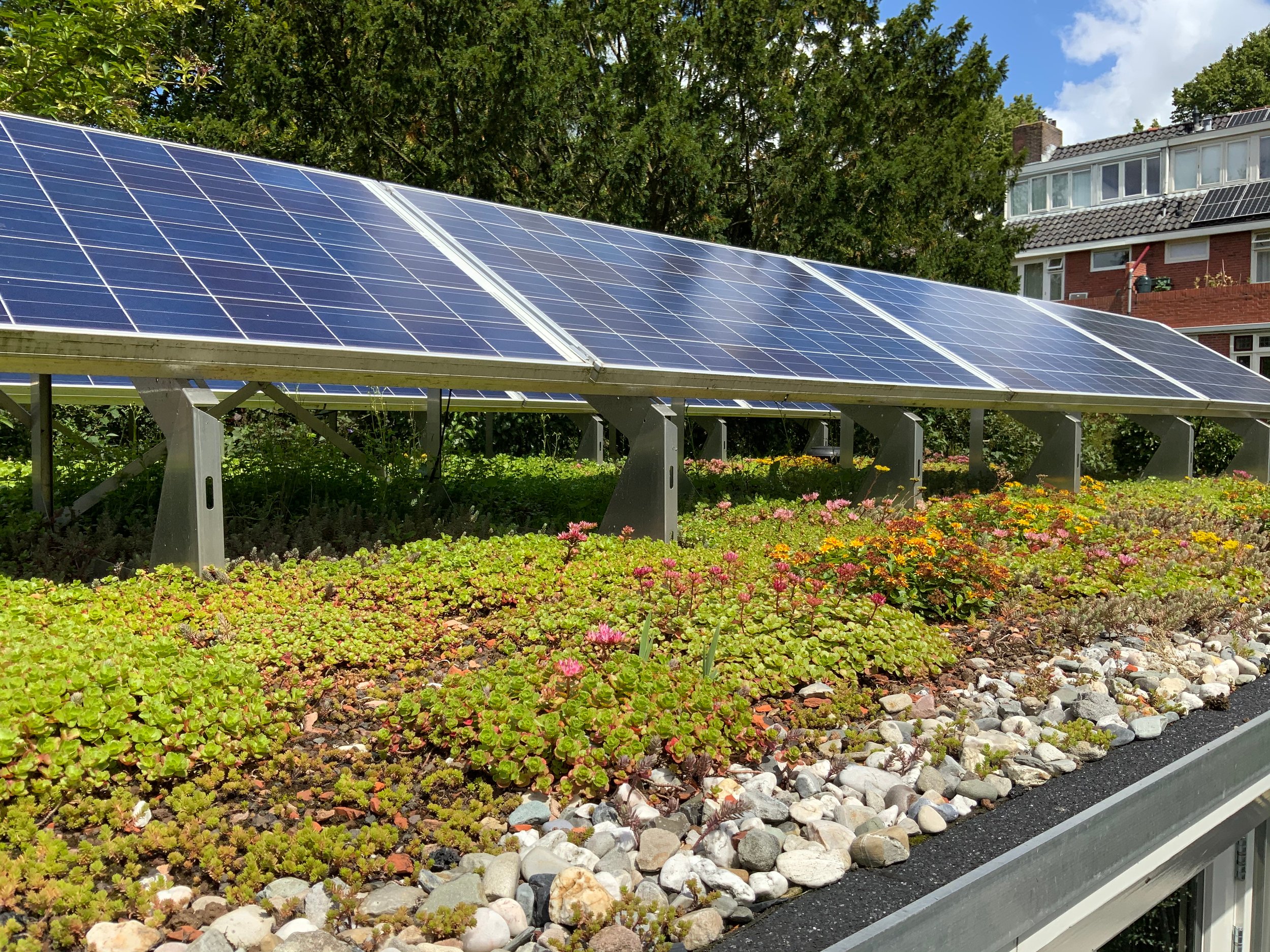Nature Restoration Law: The Battle for Urban Greening Targets in the European Union
Advertisement
Introduction
Macro of a honey bee (apis mellifera) on a mint (menta piperita) blossom with blurred bokeh background; pesticide free environmental protection save the bees biodiversity concept.
A few issues ago, I wrote a piece about the vital contribution of green and blue infrastructure to urban biodiversity. I sang the praises of the EU biodiversity strategy for 2030 - a strategy that recognises the wide-ranging societal benefits of greening urban and peri-urban areas.
The cornerstone of that strategy is the Nature Restoration Law, a proposal from the European Commission for legally binding EU nature restoration targets to restore ecosystems and help to increase biodiversity, mitigate and adapt to climate change, and prevent and reduce the impacts of natural disasters. One of the ecosystems addressed in the law is urban areas for which the European Commission proposes a framework of legally binding urban greening targets in public spaces and in the design of buildings. Many readers will have probably read the headlines about the law over the last few weeks, but unfortunately not for the right reasons.
With the Nature Restoration Law the European Commission made an unprecedented and ambitious move. And in my view the law is a crucial step to guide the transformation of our cities. Let’s be clear here, the green transformation of our cities is a “must have”, an urgent and absolute necessity. Climate action is no longer a “nice to have”.
Regrettably some politicians disagree with this view and the magnitude of their dissent was thrust into the spotlight last week at a vote in the European Parliament’s Environment Committee where half of the members of the Committee voted on an amendment to reject the law. I have lived and worked in Brussels for over 20 years, and spent many years working in the European Parliament, and I don’t ever recall such an alarming situation.
The law was due to be voted in Committee on June 15 to continue its legislative process in the European Parliament plenary session (where the entire house votes on laws). The tension grew when, after weeks of discussions and increasing opposition to the law, the vote on the first amendment from the conservative European People’s Party to reject the law altogether was tied 44-44. Under the rules of the Parliament the amendment was rejected and lawmakers went on a long voting marathon on over 2,500 amendments which is supposed to be conclude next June 27 before the bill faces a vote in the full plenary on July 10.
Sounds unbelievable. So why did this happen? With EU elections scheduled on 6-9 June 2024, the debate on the Nature Restoration Law has been strongly politicised with the conservative and right-wing parties coalition – backed by farmers, fisheries and foresters who saw it as a direct threat to their traditional way of working.
Advertisement
European parliament written in all the languages from the European Union, on the front wall of the main building - Brussels, Belgium
The law sets out legally binding targets in seven specific topics, from pollinating insects to marine ecosystems, that put together should cover at least 20 per cent of the European Unions (EU) land and sea areas by 2030. The law would ask EU Member states to draft a national restoration plan, laying out the projects and initiatives to achieve the targets. For the urban ecosystem the law mandates Member States to halt the net loss of urban green spaces by 2030 and increase the green spaces in cities by 3 per cent in 2040 and 5 per cent by 2050, compared to the area of green spaces in 2021, the baseline year.
Conservatives believe the law, in its current form, will bring disastrous economic losses for farmers and fishers, endanger Europe's supply chains, increase food prices for consumers and hamper the roll-out of renewable energy. For left-wing parties nature restoration is compatible with, and actually indispensable to, ensuring the long-term resilience for economic activities while protecting the environment. Diverging views on the law are only the tip of the iceberg hiding a broader diverging view on the overall sustainability growth strategy of the European Union and Europe’s Green Deal, and our commitment to become the first continent to reach net zero emissions by 2050.
The law will continue its uncertain legislative path but what will be the final result? It is very difficult to predict. Over 3300 scientists have issued a letter to back the proposal. The same inputs came from over 100 major multinational firms. The World Green Infrastructure Network also gathered 30 organisations from 19 countries, to call on European policy makers to support the inclusion of ambitious and enforceable urban greening targets in their positions on the Nature Restoration Law. If well defined, urban greening targets can boost the systematic integration of vegetation into urban planning, including in public spaces, infrastructure, and in the design of buildings their roofs and facades.
Blooming sedum roof garden on a sliding roof in the summer in an urban environment.
It is time to support the Nature Restoration Law. It is time for responsibility. It is the time for a technical discussion and not the time for putting politics and electoral campaigning in the path of legislation that could be pivotal to our efforts to conserve our living planet. There is too much at stake. We are not interested in who will win, we are interested in the European citizens and future generations that will lose if this law is not enacted.
Advertisement
Luigi Petito, 48, father of two, is an expert in European public affairs. He is based in Brussels, cross-roads for international affairs and the European Institutions. In 2019 he was invited to establish and lead the European (EU) Chapter of the World Green Infrastructure Network. Since then, he follows EU policy and regulatory developments related to green infrastructure and advocates for a systematic integration of green infrastructure in urban areas.







